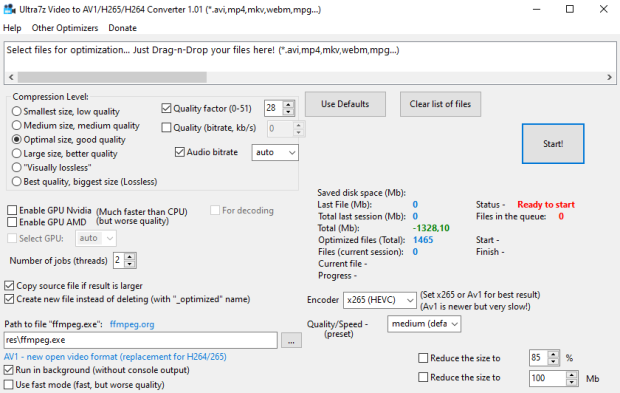

That means you need to pay royalties if you want to use it for hardware or paid content. This codec’s licensing system is complicated, though, with thousands of patents involved. Most modern devices have hardware that can decode AVC, making it easy to play, making it a great choice if you want the broadest possible user base. According to Bitmovin’s Video Developer Report, H.264 (AVC) is the world’s most popular codec with over an estimated 90% of video using it. Things move quickly in the world of video, and what’s popular today may not be so for long. To figure out which, you need the details. Since there isn’t a dream codec that’s best in class for all of these, you need to compromise on at least one. You want to deliver your video to as many people as possible, with the best quality, at the lowest cost. Not every device can view every codec, and quality can vary even on supported devices. They also define your potential customers. In OTT video these are critical, as they directly affect your server and bandwidth costs. It can affect their maximum resolution and features, too.

It will also affect your videos’ quality and which devices and players are able to view them. Your choice of codec will affect your compression ratio, encoding, and playback speed. What Are Codecs, and Why Are They Important in OTT Video?Ĭodecs are responsible for compressing and decompressing video when it is created and played back.

I’ll talk about its history, then look at its pros and cons, so you can make a decision on whether VP9 is a good fit for your video projects. Today, I’ll go into detail on the VP9 codec and see what it offers versus the competition.

As devices and platforms evolve, the sands are ever-shifting. There are many different video codecs available, and as they all offer different things, there’s no clear right choice. If you work with video, picking a codec is a critical decision that will affect both your workflows and the quality of your output.


 0 kommentar(er)
0 kommentar(er)
